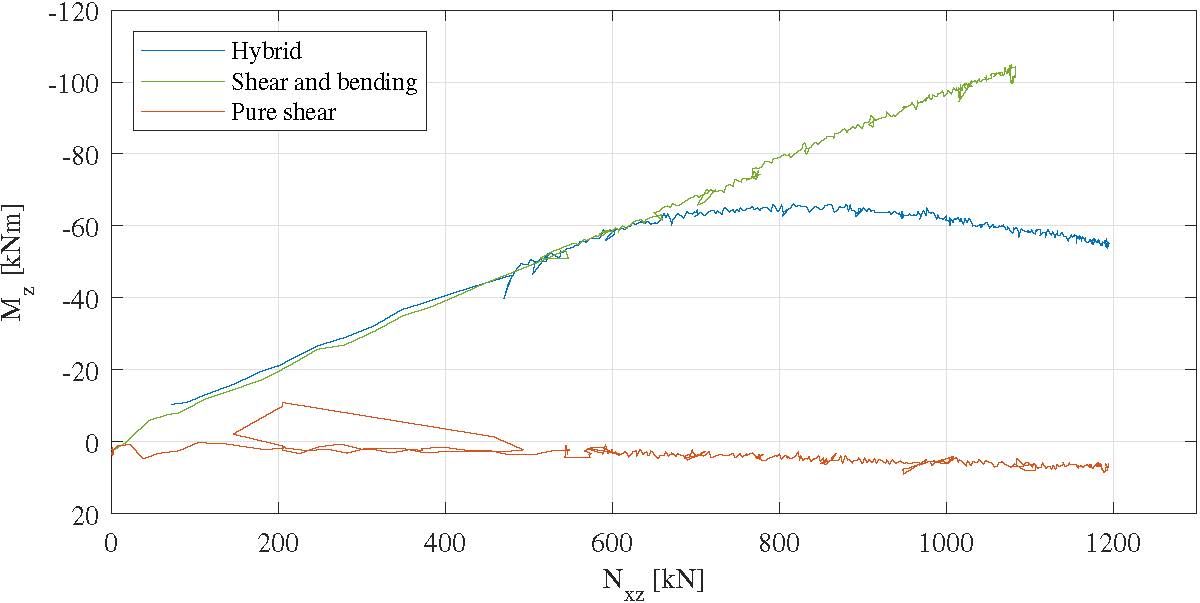Effect of transverse bending on the shear capacity of concrete bridges accounting for the load-distribution between web and deck/bottom flange
Author: Nathalie Reckinger
Language: English
Abstract
The federal agency for development predicts an increase in traffic intensity which will lead to large limitations in several areas in Switzerland. To prevent this, a capacity increase in the existing road network is necessary. The majority of the existing box girder bridges in the network are aged thirty years and more and are characterised by low stirrup reinforcement ratios. Increasing traffic loads, as well as larger load eccentricities due to possible deck widening projects make the recalculation of these structures necessary. The interaction of shear and transverse bending in the box girder webs is one of the governing load cases. Existing calculation models consider the web as an isolated element and do not take system behaviour into account.
In this thesis, the system behaviour of a concrete box girder section is studied in a hybrid test, performed in the Large Universal Shell Element Tester (LUSET). The tested specimen has dimensions of two by two meters, a thickness of 350 mm and it is cast in reinforced concrete. The reinforcement ratio of the specimen is 0.73 % in the horizontal direction and 0.14 % in the vertical direction, which simulates the low stirrup reinforcement ratios in existing bridges. The test is performed using a hybrid model, which calculates the transverse moment to be applied to the specimen based on its measured stiffness. The hybrid model simulates the moment redistribution from the web to the deck as the stiffness of the web decreases. The deformations of the specimen as well as the cracks on the front and back surfaces are monitored using digital image correlation (DIC). In addition, the strains in ten reinforcing bars are measured with fiber optic sensors.
The results of the hybrid test are compared to the results of a shear and transverse bending tests and a pure shear test from the STB-series [6]. The hybrid function causes the transverse moment applied to the specimen to reach a peak and then reduce as a function of the measured stiffness, while the applied shear continues to increase. In contrast, the transverse moment in the shear and bending test increases proportionally with the applied shear. The results show that a higher shear capacity is reached in the hybrid test, than in the shear and bending test. Moreover, the shear capacity of the hybrid test nearly reaches the shear capacity found in the pure shear test. The conclusion that system behaviour has a considerable beneficial effect on the bearing capacity of a box girder section is made.
In a final part, the response predicted by the layered element model is compared to the experimental result. The element model is found to underestimate tension stiffening. The influence and possible reasons for this are discussed using the measured data.

